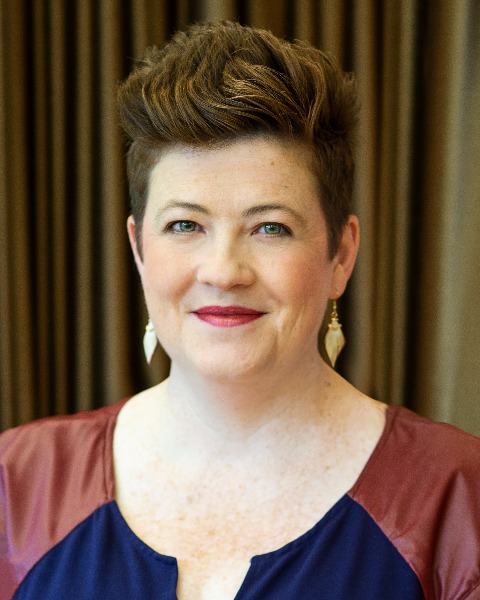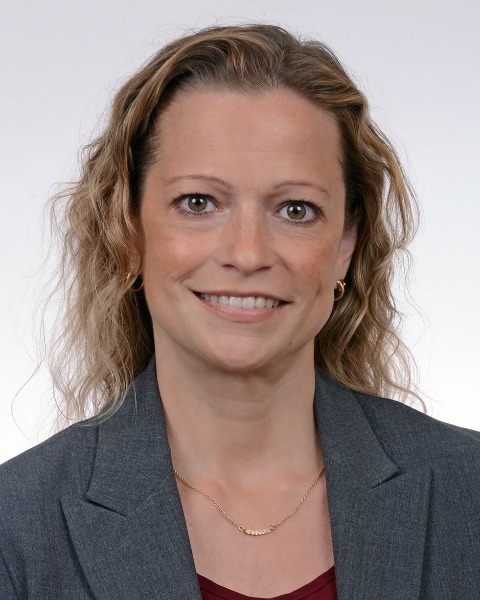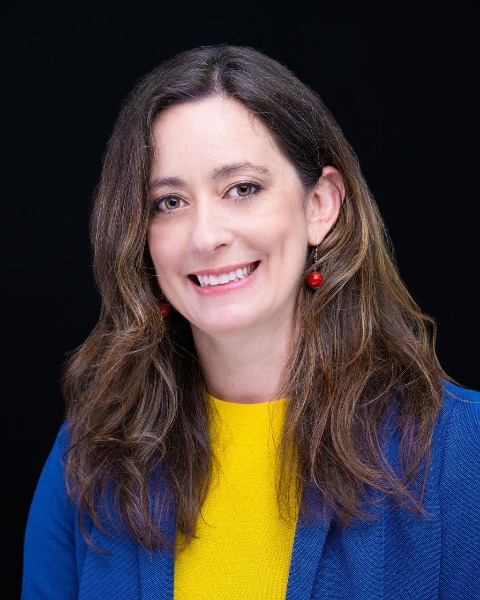Behavioral Health
Evaluation of Ohio Healthcare Professionals’ Pandemic-Related Stressors, Change in Burnout Symptoms, and Help-Seeking Behaviors and Concerns
-

Gretchen Clark Hammond, PhD, MSW, LSW, LCDCIII, TTS (she/her/hers)
CEO
Mighty Crow Media, LLC
Columbus, Ohio, United States -

Rebecca McCloskey, PhD, MSW, LISW-S (she/her/hers)
Director of Evaluation
Mighty Crow Media, LLC
Columbus, Ohio, United States -

Brieanne Beaujolais, PhD, MSW, MA, LSW (she/her/hers)
Co-Director of Research & Evaluation
Mighty Crow Media, LLC
Columbus, Ohio, United States
Presenter(s)
Location: Room 205
Abstract Information: Background and
Purpose: Healthcare professionals are known to have high rates of burnout and low rates of help seeking for stress and mental health challenges. Additionally, stressors and burnout have increased with the emergence of COVID-19. Ohio Professionals’ Health Program (OPHP)—a nonprofit organization providing a compassionate, supportive, and safe environment for healthcare professionals to receive confidential services to improve their health and well-being—received Federation of State Medical Boards funding to commission an evaluation to better understand Ohio healthcare professionals’ well-being and experiences of stress and mental health help-seeking during the pandemic. This session describes the evaluation and findings of three resulting papers: 1. Ohio Healthcare Professionals’ Survey: Work and Home Stressors During the COVID-19 Pandemic 2. Evaluation of Ohio Healthcare Professionals’ Pandemic-Related Help-Seeking Behaviors and Concerns 3. Ohio Physicians’ Retrospective Pre-Post COVID-19 Pandemic Reports of Burnout and Well-Being
Methods: We conducted a mixed methods observational study. A one-time survey of healthcare professionals (n = 13,532) from 13 OPHP Licensing Boards was conducted in July – August 2021. The survey consisted of 56 multiple-choice and five open-ended questions. Descriptive and team-based thematic analyses were conducted using the entire sample. Wilcoxon signed-rank tests and Mann-Whitney U tests assessed differences between physicians’ burnout symptoms prior to and during the pandemic and differences between physicians and residents.
Results: The greatest work and home stressors were concerns about spreading the virus, insufficient communication from leadership, lack of quality time with family and friends, being too tired after work to cook, do chores, etc., and being a supportive, present parent. At least half of the sample scored each of these work and home stressors as moderate, significant, or extreme stressors. Of those whose workplace or professional organization offered a mental health support program, 37% (EAP) / 40% (PHP) reported being very unlikely to use it. Qualitative responses explaining what might be improved for respondents to access EAP or PHP programs related primarily to issues of accessibility and confidentiality. The physician-specific data revealed statistically significant differences between pre-pandemic and pandemic experiences for all measures of burnout (p < 0.001) with moderate effect sizes for feeling emotionally drained from work (Z = −16.71, r = 0.43); feeling down, depressed, or hopeless (Z = −18.09, r = 0.46); feeling less accomplished (Z = −11.03, r = 0.29); and caring less about what happens to patients (Z = −12.04, r = 0.31). Resident physicians were more likely to report burnout and mental health concerns, although effect sizes were small.
Conclusion: Many Ohio healthcare professionals were experiencing well-being challenges prior to the pandemic; since the pandemic, things are significantly worse. Evaluation findings are being disseminated via formal reports, published manuscripts, and infographics. OPHP is working directly with each licensing board to facilitate conversations and stakeholder-informed interventions toward the prevention and reduction of healthcare professionals’ burnout and improvement of well-being.
Relevance Statement: Healthcare professionals are known to have high rates of burnout and low rates of help seeking for stress and mental health challenges. Additionally, stressors and burnout increased with the emergence of COVID-19. As a result of a stakeholder focused evaluation, Ohio Professionals’ Health Program (OPHP) is able to better tell the story surrounding the severity of healthcare professionals’ work and home stressors, changes in symptoms of burnout, and experiences and barriers relative to seeking mental health support via employee assistance programs (EAPs) or professional health programs (PHPs) to manage pandemic-related stressors. This evaluation utilized the guiding principles of evaluators (AEA, 2018) and program evaluation standards (Millstein & Wetterhall, 2000) to ensure both quality and integrity throughout the process. The key evaluation questions driving the work were stakeholder focused and driven. All evaluation decisions were made in concert with OPHP, its full board of directors, and its medical director, all of whom served as expert reviewers and beta tested and approved the final survey after numerous iterations [feasibility]. The board consists of physicians, counselors, veterinarians, lawyers, and other healthcare professionals representing the target population for the survey. Other evaluation decisions such as approaches to analysis and the order of reporting were made systematically and in concert with OPHP and in context of its work [accuracy]. The informed consent process emphasized privacy and safety, and confidential support services were offered to support participants’ welfare [propriety]. The evaluation-stakeholder team wanted the results to be immediately useable by the licensing boards and OPHP for advocacy, programming, and quality improvement to directly improve healthcare professionals’ well-being and indirectly improve patient care [utility]. Although we intuitively and anecdotally knew that Ohio’s healthcare professionals were negatively affected by the pandemic, the formal evaluation process resulted in tangible evidence about the scope of these outcomes. Further, it provided nuanced data of particularly importance to OPHP. The importance of understanding help seeking experiences and barriers related to PHPs was a top priority as OPHP manages a PHP. The evaluation team knew that open-ended questions would be best for understanding the context, drivers, and meaning behind the associated quantitative responses and that findings may be unique depending upon the respondents’ board affiliation. Further, data analysis decisions allowed us to tell stories from various perspectives—overall and by individual boards and professions. This evaluation work serves as a detailed description of a successful, collaborative evaluation involving stakeholders whose collaborative relationship was built upon mutual trust and respect. Its purpose was focused on telling the story of the contextual factors affecting healthcare professionals’ pandemic-related stressors, burnout symptoms, and help-seeking behaviors and experiences with the goal of promoting evaluation findings to improve their well-being. American Evaluation Association. (2018). Guiding principles for evaluators. Retrieved from https://www.eval.org/About/Guiding-Principles. Milstein, B., Wetterhall, S., & CDC Evaluation Working Group. (2000). A framework featuring steps and standards for program evaluation. Health Promotion Practice, 1(3), 221-228. https://doi.org/10.1177/152483990000100304
Presentations:
-
11:30 AM - 12:30 PM ETEvaluation of Ohio healthcare professionals' pandemic-related help-seeking behaviors and concerns
Presenter: Brieanne Beaujolais, PhD, MSW, MA, LSW (she/her/hers) – Mighty Crow Media, LLC
-
11:30 AM - 12:30 PM ETOhio healthcare professionals' survey: Work and home stressors during the COVID-19 pandemic
Presenter: Gretchen Clark Hammond, PhD, MSW, LSW, LCDCIII, TTS (she/her/hers) – Mighty Crow Media, LLC
-
11:30 AM - 12:30 PM ETOhio physicians' retrospective pre-post COVID-19 pandemic reports of burnout and well-being
Presenter: Rebecca McCloskey, PhD, MSW, LISW-S (she/her/hers) – Mighty Crow Media, LLC
